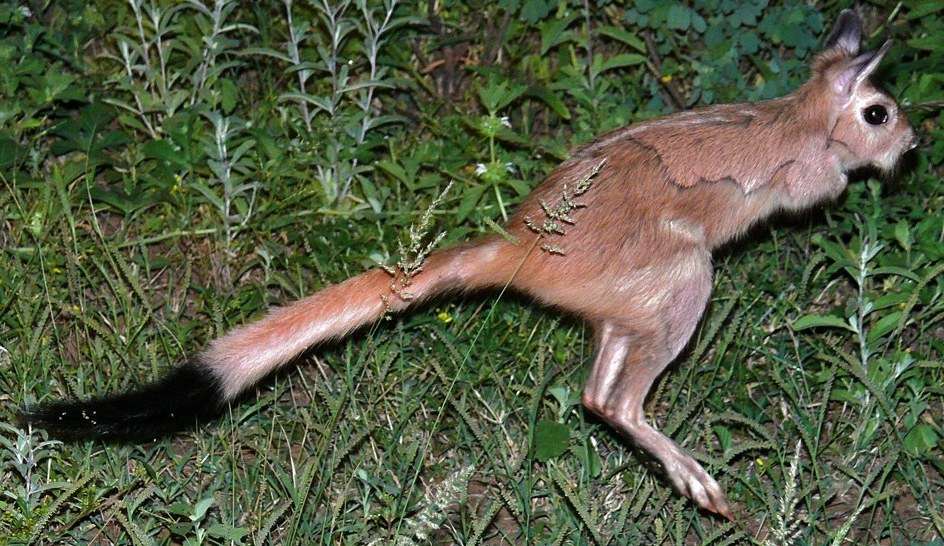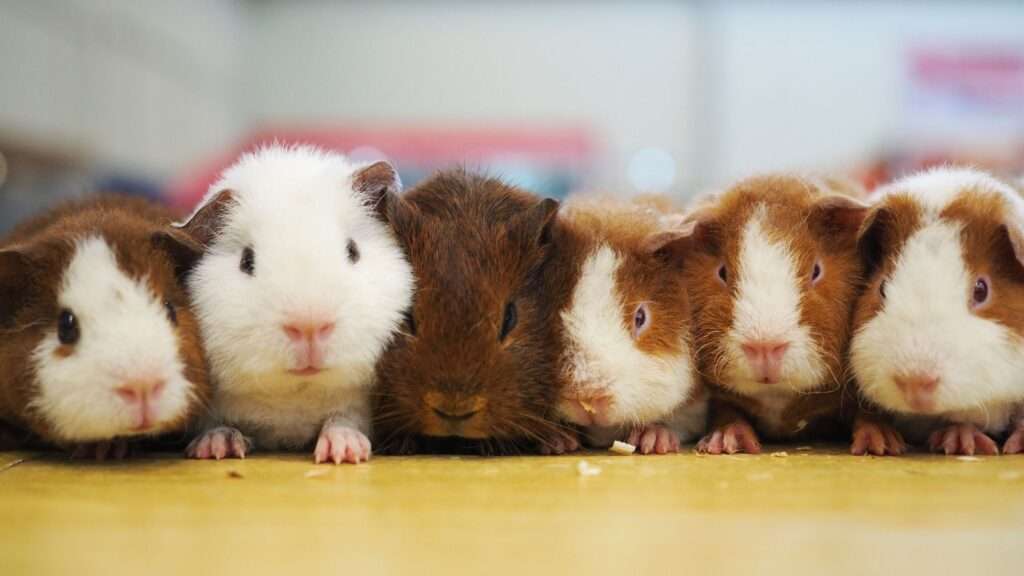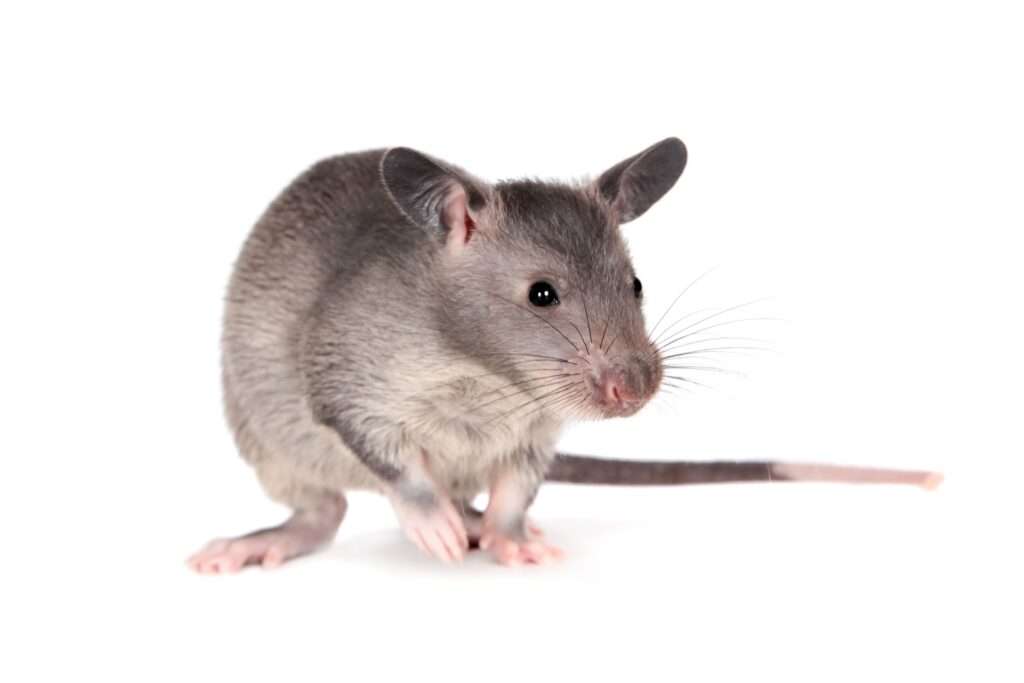
Description
Scientific Name: Pedetes capensis
These mammals resemble a miniature kangaroo because of their well-developed hind legs. The colour of the top body varies from reddish brown to cinnamon to light grey. The lower body is orange to white in colour. They have black tips on their tails. A robust, muscular neck supports their little head. Their ears and eyes are big. They have powerful hind feet, each of which has four clawed toes. The claws give the feet the appearance of hoofs. The forefeet’s claws are narrower than the rear feet’s.
Habitat
Southern Africa’s vast interior is home to the Springhares. Tanzania, Kenya, and southwestern Africa are all within their range. These little animals favour South Africa’s semi-arid steppes and dry savannas. Locally, they can be found in wide, sandy fields that are free of big plants and boulders. Because rocks and bushes make it impossible for them to jump long distances, they live in smooth open spaces.
Behavior
With their kangaroo-like appearance, the Springhares have a highly intriguing behavior pattern: They use their well-developed hind legs to leap like kangaroos, covering distances of over 2 metres in a single leap. Most of the time, these creatures are nocturnal, rarely being active during the day.
These creatures fill their tunnel entrances with sand and dirt from the inside. When it rains, this species digs holes because the soil is still wet and pliable. Studies reveal that a couple of this species inhabits various burrows on various days. These mammals prefer to live alone and are generally fairly solitary. When threatened, they frequently hide in their burrows.
When they are enthusiastic or sense danger, they whine. They may take a huge leap out of their burrow. When foraging, they use all four feet. To use their forefeet for handling the food, they do, however, stand or sit upright on their hind feet when eating. During extreme droughts, springhares can cover 5 to 12 miles per night in search of food and water. These rats lie down with their hind legs extended. The flat top of their head and their ears are in direct contact with the earth when they crouch forward between their hind legs.
As Pet/ In Captivity

Although they are a type of rodent, springhares are highly popular and make terrific pets. The following details on housing, feeding, and caring for these animals are provided:
Housing:
They should be kept in spacious cages since they require a lot of room to move and leap. It is best to keep them inside. As closely as possible, their enclosure should mirror their natural environment. With their big jaws, these rats often rip apart furniture and electrical cords. Therefore, it is crucial to keep them in cages and away from these objects.
Feeding:
Feeding them with grains, seeds, fruits, and tubers is an option. Sunflower seeds are a favourite food of theirs. They frequently don’t drink water, so tubers like carrots, potatoes, and sweet potatoes are a vital element of their diet and help them get the fluids they need. They can occasionally be given rodent food or gerbil food. Following consultation with a professional, protein supplements might be given to them.
Temperature:
Extremely low temperatures are intolerable to them. Therefore, it is best to keep them inside and out of the cold.
Handling:
They don’t appear to enjoy being cuddled much, thus it is not advised to handle them much. These solitary creatures typically want to remain alone.
Table





